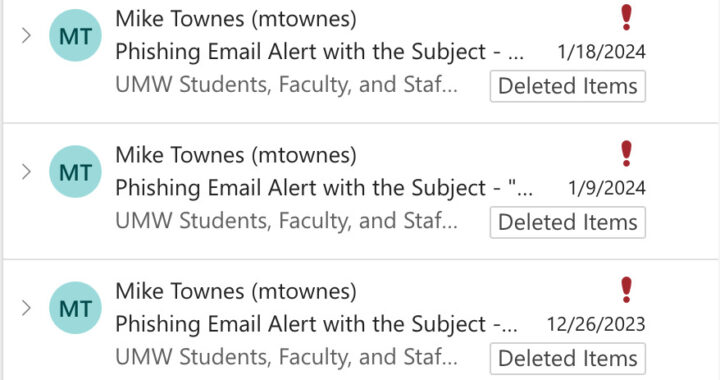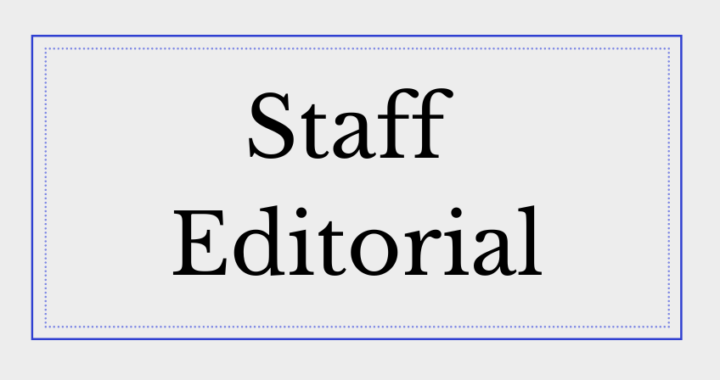Students demand American Sign Language courses
3 min read
Noah Strobel
By MOLLY AVERY
Staff Writer
For years, many students at Mary Washington have been at odds with the Department of Modern Languages and Literature. One recurring reason is that American Sign Language class offerings have been requested by students for years.
Students have spoken out about their desire for ASL classes, whether through social media or directly to the department head. Despite student efforts, ASL continues to not be offered at Mary Washington.
The university must add ASL classes to the language department. By not doing so, they’re denying us an expansive education, and implying that learning ASL doesn’t matter. Many students have complained about the language requirement, saying that it feels almost impossible to complete. Many students would prefer to take ASL because they find it easier than written language.
“Having the classes on campus would be much earlier,” said sophomore Brianna Croye, who plans to enroll in ASL classes at Germanna to fulfill the language requirement.
In an attempt to help students who are interested about learning ASL, the club “Talk To The Hands” was formed. Anyone with any level of expertise is welcomed to come to their meetings, and learn sign language throughout the year.
Former president of the club and current graduate student Lesya Melnychenko said that in the club, “by the end of the year, we’ve covered maybe 40% of what ASL 100 would go over.”
The club can only meet so often, and can’t compete with the priority of accredited courses that members and interested students are already taking. Melnychenko said that despite their best efforts to teach, they cannot perform the functions of a 3-credit class.
Due to the fact that there is a club, people may feel as if ASL classes are not needed on campus since students are prompted to go to Germanna Community College for lessons. For many years ASL was not transferable, but now through Germanna, students can take ASL classes and transfer their credits to UMW. Although many argue that this is a viable solution, there are many disadvantages to this system.
Germanna’s campus is about a half hour drive from Mary Washington, and not all students have access to a car. Aside from transportation, having to go to Germanna to take ASL is more expensive.
Junior Katie Hartraft is one of the students that makes the commute to Germanna. Hartraft cannot receive financial aid from the community college since she is only taking one class there a semester.
Already dealing with a financial disadvantage, she said that it was about $500 per class at Germanna and that the textbooks were $100 a book. With four classes needed for the requirement, the overall costs come to approximately $2,000.
People may refute that by saying the way to avoid the hassle of traveling and paying for ASL lessons is by taking them online, but many have been attempting that for years. Learning a language requires face-to-face involvement from the teacher to student that cannot be mimicked through a computer screen.
“A teacher helps so much more. Online, I learned lots of vocab, but didn’t know how to properly use it,” said Hartraft, who previously learned some sign language online.
“From my teacher, I’m learning the syntax and structure of the language as well as the culture of the deaf community.”
The university needs to listen to their students when they are begging for ASL classes because despite all the benefits that would come with providing ASL courses, Mary Washington continues to ignore their pleas by not providing them.
This is ableism and flies in the face of the diversity that Mary Washington prides itself on having. All the university is doing by not adding ASL classes is showing how insensitive they are to student requests. Sign language is on the rise, and will eventually have to be provided by the university.
“ASL is a true language, with its own culture, history, and grammar. The demand is there, the University just has to listen,” said Melnychenko.











